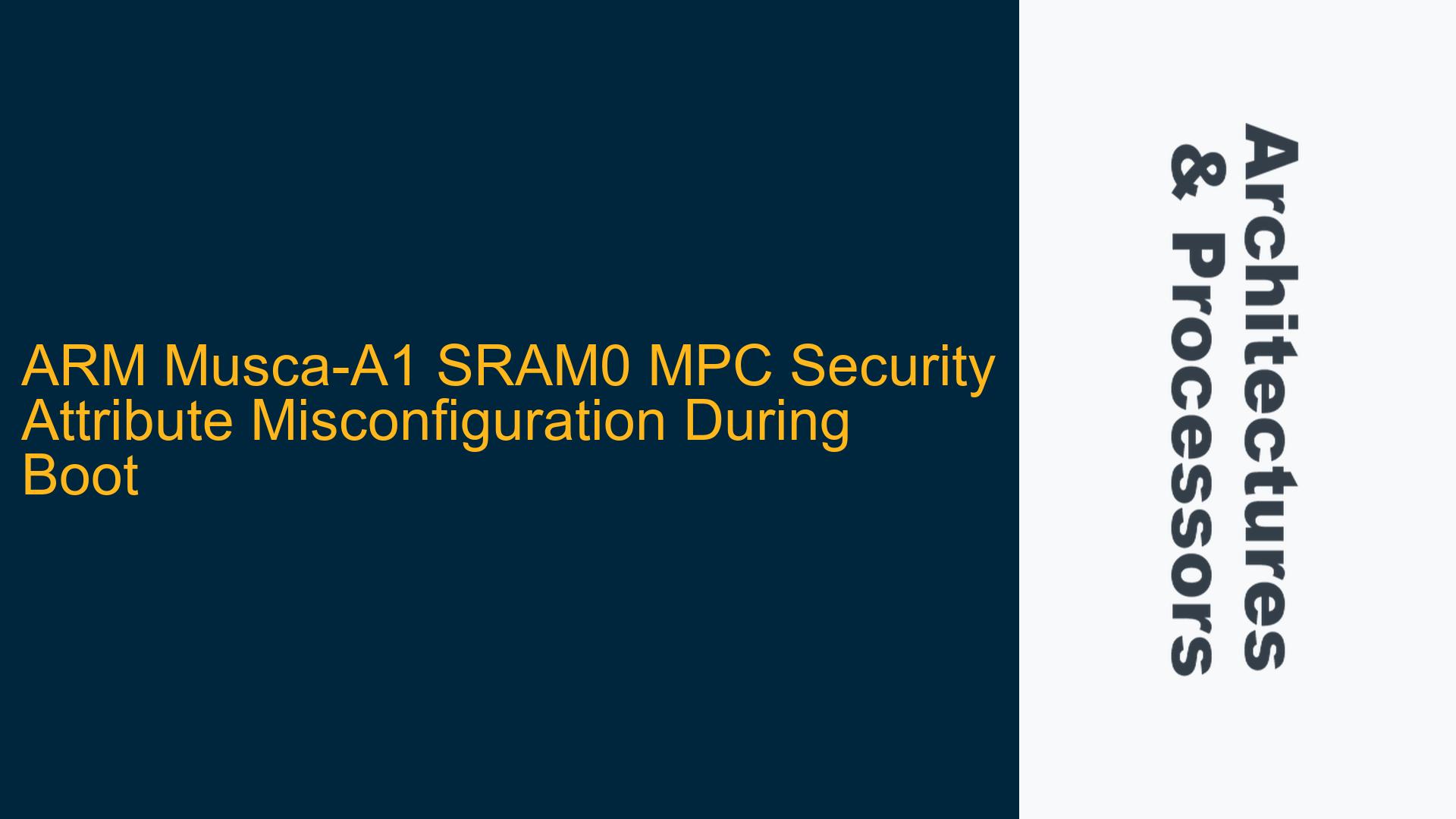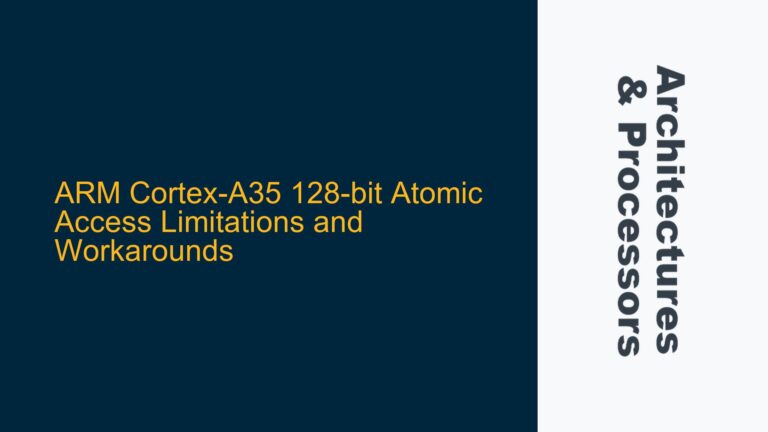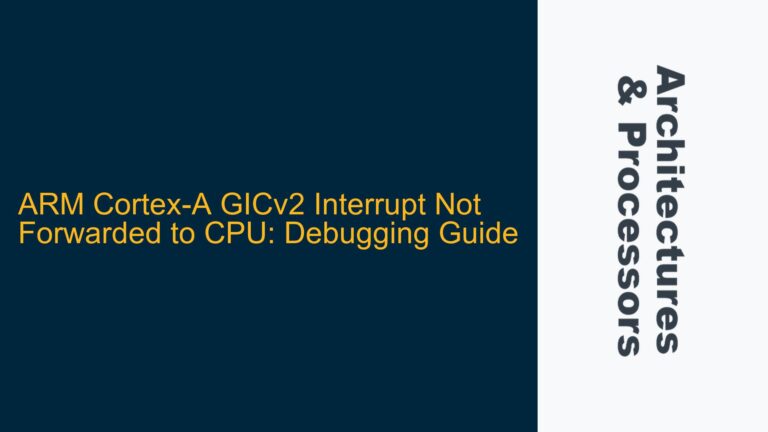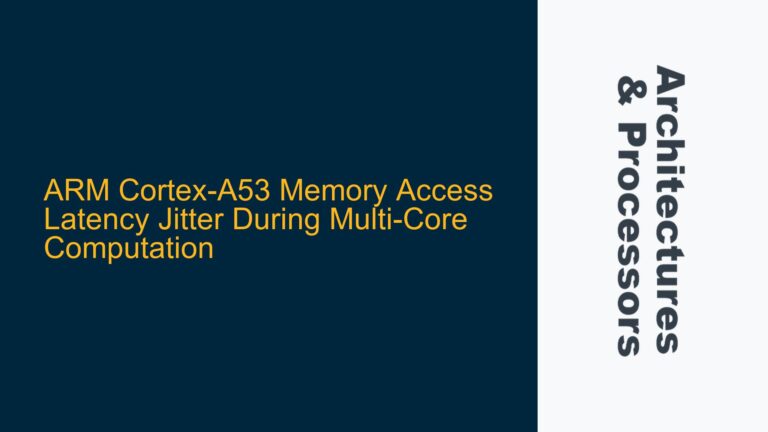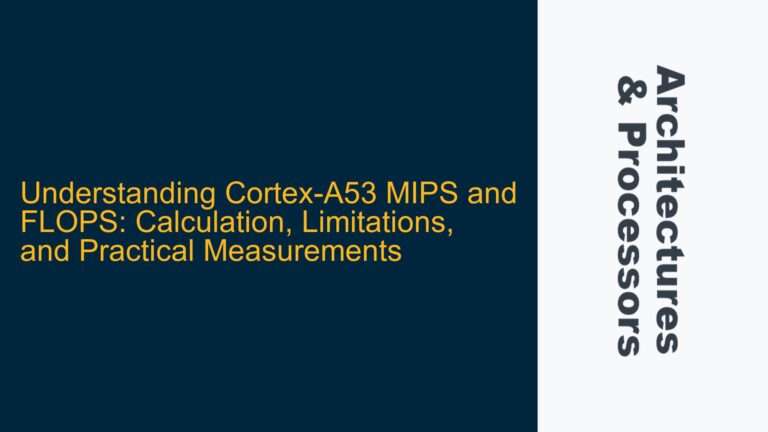SRAM0 MPC Security Attribute Misconfiguration During Boot
The ARM Musca-A1 microcontroller exhibits an unexpected behavior during the boot process related to the Memory Protection Controller (MPC) configuration for SRAM0. Specifically, the SRAM0 memory bank, which is expected to be secure by default at boot, appears to be accessible only through its non-secure (NS) address space (0x20000000) rather than its secure (S) address space. This behavior contradicts the documented initialization state of the MPC, which should configure SRAM0 as secure-only at boot. The issue is isolated to SRAM0, as other SRAM banks (SRAM1, SRAM2, and SRAM3) correctly mirror data only in their secure address spaces. This anomaly raises concerns about the integrity of the secure boot process and the reliability of secure data storage in SRAM0.
The root cause of this behavior lies in a hardware-specific quirk of the Musca-A1 and Musca-B1 platforms, where the first 8 KB of SRAM0 is inaccessible to the debugger. This limitation is not explicitly documented in the Musca-A1 technical reference manuals but is acknowledged in target-specific scripts of the pyOCD debugging tool. The issue manifests when attempting to access SRAM0 through its secure address space during the boot process, leading to the erroneous appearance of data being accessible only through the non-secure address space. This behavior can mislead developers into believing that the MPC is misconfigured, when in reality, the issue is a hardware limitation.
Debugger Inaccessibility and Errata in Musca-A1 SRAM0
The primary cause of the observed behavior is the inaccessibility of the first 8 KB of SRAM0 to the debugger on the Musca-A1 and Musca-B1 platforms. This limitation is a hardware-specific errata that is not explicitly documented in the Musca-A1 technical reference manuals. The MPC, which controls the security attributes of the SRAM banks, is correctly initialized to configure SRAM0 as secure-only at boot. However, the debugger’s inability to access the first 8 KB of SRAM0 through its secure address space creates the illusion that the memory is accessible only through the non-secure address space.
This behavior is further compounded by the fact that the MPC’s configuration registers are not directly accessible to the debugger during the boot process. As a result, developers cannot verify the MPC’s configuration state through standard debugging tools, leading to confusion and misinterpretation of the memory access behavior. The issue is specific to SRAM0 and does not affect other SRAM banks, which are fully accessible to the debugger through their secure address spaces.
The lack of documentation regarding this hardware limitation exacerbates the problem, as developers are left to discover the issue through trial and error or by examining third-party debugging tools such as pyOCD. This undocumented behavior can lead to significant delays in debugging and development, particularly in projects that rely on secure boot processes and secure data storage in SRAM0.
Verifying and Resolving SRAM0 Access Issues
To address the SRAM0 access issue on the ARM Musca-A1 platform, developers must first verify the accessibility of SRAM0 through its secure address space. This can be achieved by performing memory access tests at addresses beyond the first 8 KB of SRAM0, such as 0x30002000 for the secure address space and 0x20002000 for the non-secure address space. If the data is correctly mirrored in the secure address space beyond the first 8 KB, the issue can be attributed to the hardware-specific limitation of the Musca-A1 platform.
Once the issue is confirmed, developers should update their debugging and development workflows to account for the inaccessibility of the first 8 KB of SRAM0. This includes modifying memory access patterns and ensuring that critical data is stored in accessible regions of SRAM0 or other SRAM banks. Additionally, developers should consult the target-specific scripts of debugging tools such as pyOCD to identify any other undocumented hardware limitations that may affect their projects.
To prevent similar issues in future projects, developers should thoroughly review the technical reference manuals and errata documents for the target platform before beginning development. If discrepancies or undocumented behaviors are identified, they should be documented and shared with the development community to improve the overall understanding of the platform. By taking these steps, developers can ensure the reliability and security of their embedded systems while minimizing the impact of hardware-specific limitations.
In conclusion, the SRAM0 access issue on the ARM Musca-A1 platform is a hardware-specific limitation that can lead to confusion and misinterpretation of the MPC’s configuration state. By verifying the accessibility of SRAM0 beyond the first 8 KB and updating development workflows to account for this limitation, developers can resolve the issue and ensure the integrity of their secure boot processes. Additionally, thorough documentation and community engagement can help prevent similar issues in future projects, improving the overall reliability and security of embedded systems based on the ARM Musca-A1 platform.
